Zadik–Barak–Levin syndrome (ZBLS)
Zadik–Barak–Levin syndrome, also known as syndactyly type IV, is a rare congenital condition characterized by the fusion of certain fingers or toes. This syndrome is named after the researchers who first described it. Presenting conditions include primary hypothyroidism, cleft palate, hypodontia, and ectodermal dysplasia. It is the result of an embryonic defect in the mesodermal-ectodermal midline development.
Signs and Symptoms:
- Anodontia/Oligodontia: No teeth or fewer teeth than normal
- Cleft Palate
- Depressed Nasal Bridge
- Dry Skin
- Epibulbar Dermoid
- Frontal Bossing
- Hypertelorism
- Hypothyroidy
- Micrognatia/Retrognatia: Small or recessed jaw(s)
- Polyhydramnios
- Short Stature/Dwarfism
- Sparse/Absent Scalp Hair (Generalized)
- Squint/Paresis of Ocular Muscles
- Umbilical Hernia
Management:
The management of Zadik–Barak–Levin syndrome often involves surgical intervention to separate the fused digits and improve hand or foot function and appearance. The timing of surgery depends on the severity of syndactyly and the individual's overall health. Additionally, individuals with Zadik–Barak–Levin syndrome may benefit from multidisciplinary care involving orthopedic surgeons, hand surgeons, geneticists, and other healthcare professionals.
Overall, Zadik–Barak–Levin syndrome is a rare congenital condition characterized by syndactyly, with variable presentation and bilateral involvement. Management typically involves surgical intervention to improve hand or foot function and appearance.


